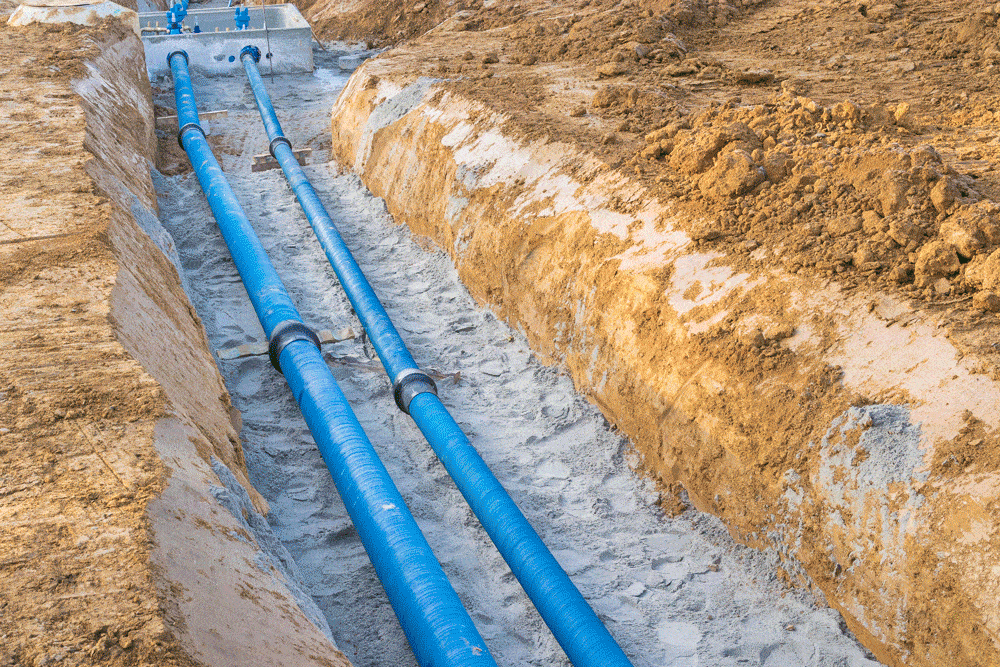Plumbing Systems Past, Present, and Future
Sometimes, in order to see where you are going, it helps to look back at where you have been. Such is the case with the future of plumbing, whose meandering history provides intrinsic insights as to where we may be headed.
Plumbing originated in ancient civilizations including Greek, Roman, and Chinese cultures as they sought to provide potable water and wastewater removal systems for increasingly dense population centers as the planet’s first cities started to emerge. Originally open to the air, these plumbing systems consisted of aqueducts and tiled drainage channels that carried water from one place to another.

Over time, development of enclosed pipes, to reduce evaporation and contamination, and to minimize odors, led to the invention of various types of piping materials including clay, lead, wood and bamboo.
As we now know, some of these materials proved more successful than others, and advancements in science, engineering, chemistry and construction techniques eventually influenced the evolution of plumbing; such as our learning that lead was poisonous, causing a widespread decline and replacement of lead water pipes with copper and galvanized steel during the middle of the 20th century.
With the invention of plastics, a new wave of innovation took over, with various new piping materials quickly spreading throughout the industry over the last 50 years. As in the past, some of these materials proved more successful than others, with PEX, PVC and CPVC proving to be more durable than failed materials like polybutylene. For waste lines, cast iron quickly replaced the old log wood pipe systems of the early 19th century, and has outlasted competing technologies such as Orangeburg (fibre conduit) that have emerged over the years.
Today, we are continuing to learn about the complexities and limitations of our current mainstream piping materials. Water chemistry, water temperature, flow rates, and exposure to UV rays all play a significant role in determining the longevity and viability of various piping materials, both metal and plastic. For examples, plastic pipes that have been stored outside and exposed to direct sunlight have a significantly shorter lifespan due to UV decay than pipes that have been stored properly and away from the elements.
So where are our plumbing systems headed in the future? History tells us that we will continue to innovate, exploring both enhancements to existing systems as well as new materials as we seek to improve the efficiency and longevity of our plumbing systems. For example, advancements in insulation are making plumbing systems far more efficient at maintaining hot and cold temperatures, while water treatment options such as phosphates and silicates are helping to better protect copper and steel supply piping from the corrosive effects of hard water. And new materials continue to enter the U.S. market such as polypropylene piping for hot and cold supply systems and hybrid pipes such as factory lined cast iron that blend metal and plastic piping technologies into one. Ultimately, there is no piping material that will last forever, but as we continue to make advancements in engineering and water science, we can rest assured that through testing and innovation, we will continue to strive to improve our plumbing systems to be safer, more efficient, and longer lasting than ever before.



